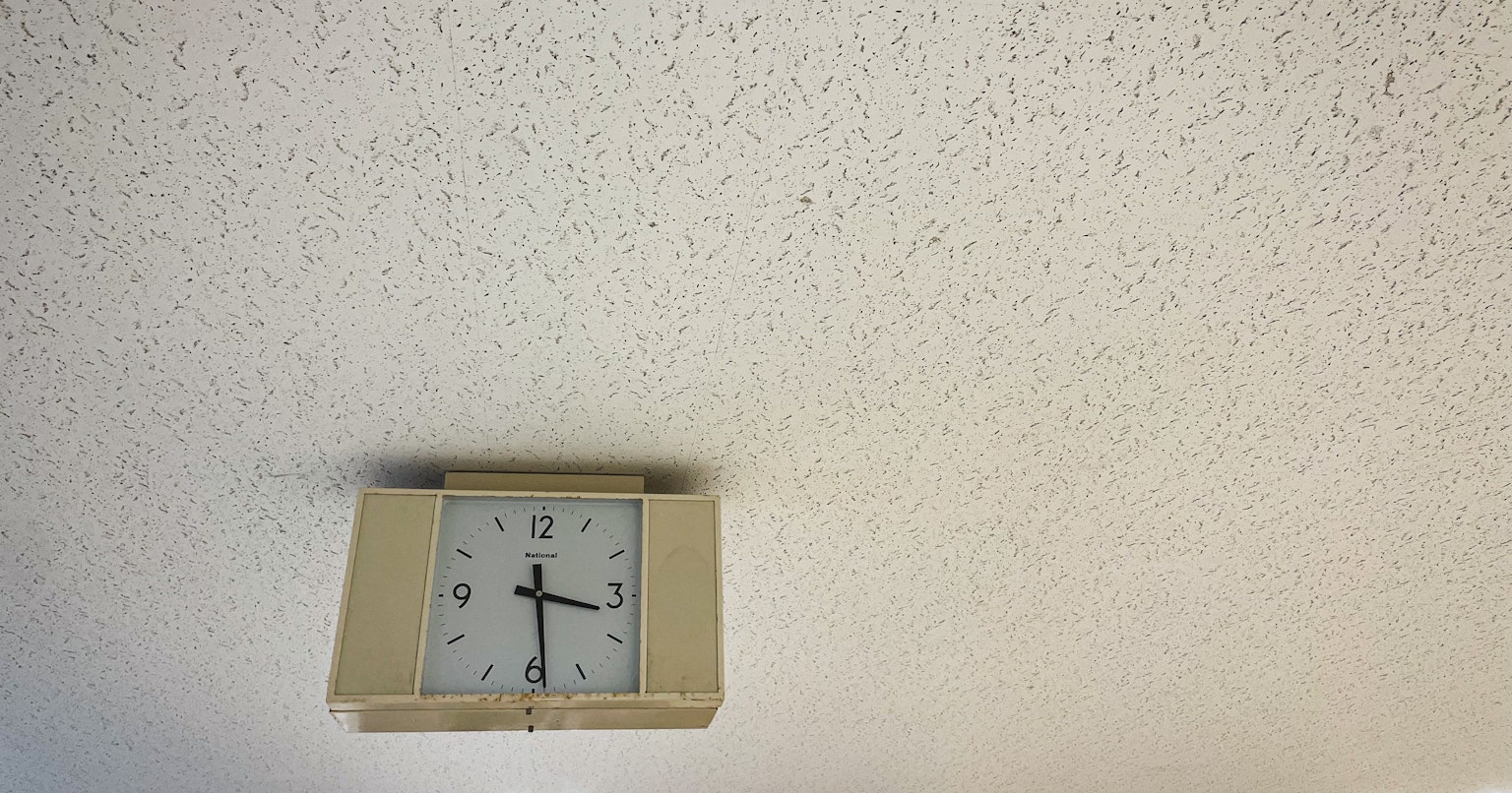
The sudden disaster of the Noto Peninsula earthquake turned the joy of the New Year in Reiwa 6 into days of anxiety and confusion. Its impact spread over a wide area, including Ishikawa, Toyama, and Niigata prefectures, centering on Noto, forcing many people to endure hardships. Even now, water outages continue in households, and it takes time to restore essential lifelines for daily life.
In such a situation, many victims are forced to live in evacuation, facing prolonged inconvenient living conditions. Leaving their familiar places to live in unknown areas poses a significant mental and physical burden. For those who have lost their livelihoods or suffered significant damage, rebuilding their living foundations is a major challenge ahead.
Walking Together
As the cizucu team, being far away, we can only offer our thoughts and feel helpless as we cannot witness the situation firsthand. However, especially in these difficult times, we believe in the power of photography, ensuring the memories of the disaster are not forgotten and delivered as records.
Restoring the beautiful nature and culture of Noto may take time, but we want to walk together with the disaster area as one, supporting the recovery process as a member. We continuously convey the path to recovery with the hope of creating opportunities for people to visit Noto again, ensuring the memories of the earthquake do not fade. In this magazine, we introduce the current state of Noto and interview content captured by Jang Kumi, who continues to convey the charm of Noto, with permission.
Various Challenges Facing Noto
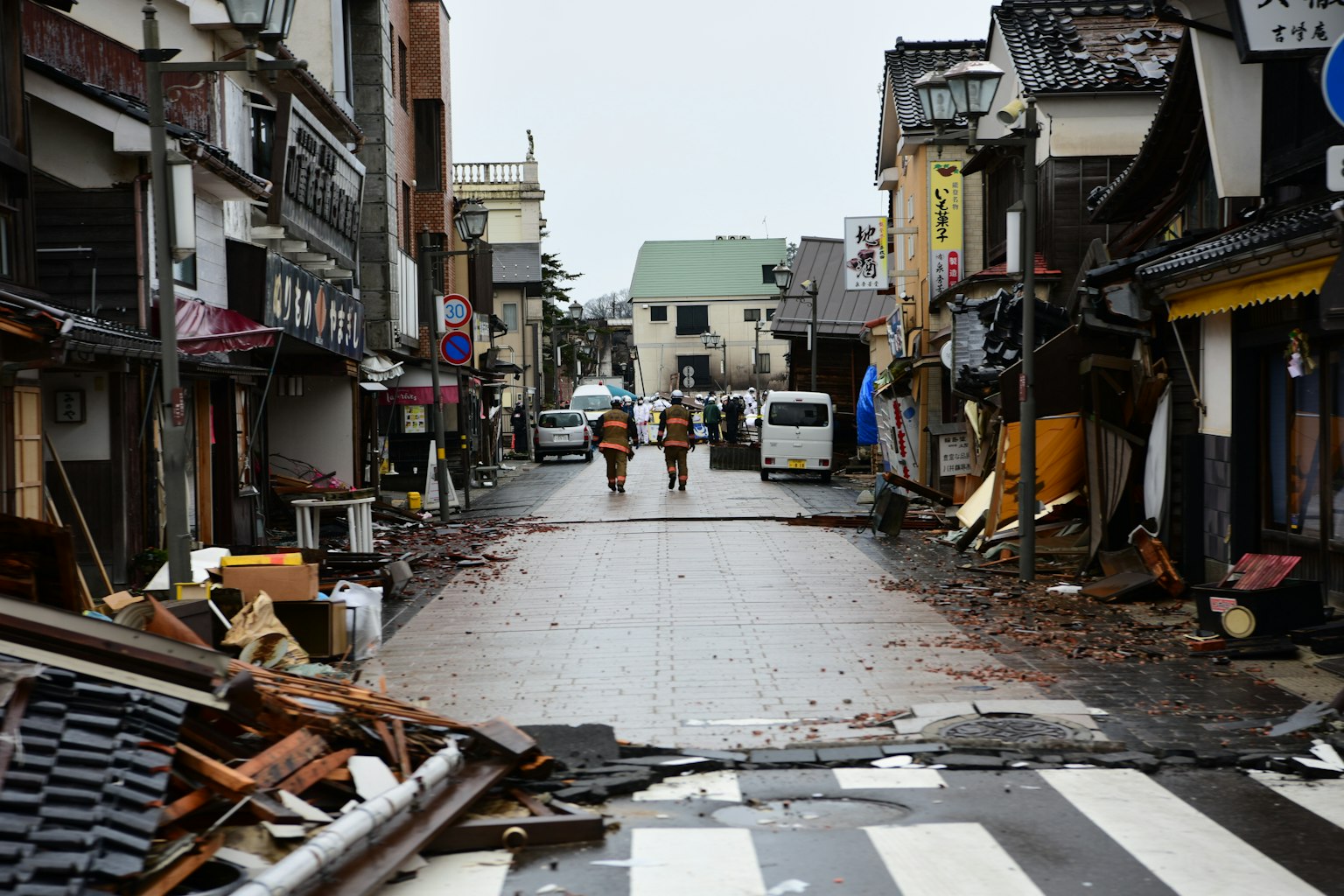
One month after the earthquake, is there anything you are struggling with?
It's the lack of water.
Fortunately, in the Utsutsu area of Noto Town where I live, electricity, gas, and radio waves were restored early. However, the water supply is still cut off, and temporary restoration is said to be from the end of February to the end of March. We go to receive water daily, store rainwater for wastewater, and visit the baths set up by the Self-Defense Forces (waiting for an hour and a half is normal!). We wash dishes by transferring water to a watering can, seek laundromats, and travel about 3-4 hours one way to Kanazawa. Even going to Kanazawa takes nearly twice as long as usual due to road closures from the collapse of the Noto Satoyama Kaido and congestion on side roads.
We are managing with ingenuity, but we feel the importance of the water supply every day.

Also, even now, a month after the earthquake, I feel anxious about the unchanged situation.
There are fewer opportunities for TV news coverage, and I feel that from the outside, it is already considered a 'past earthquake'. The city still has debris and completely destroyed houses, and although temporary road restoration is underway, many roads remain bumpy. There are still many roads that have collapsed.
Many people cannot return from evacuation centers or secondary evacuation sites and are waiting for temporary housing to be set up. I feel a vague anxiety about when we will be able to regain 'normalcy'.
Seeing the vivid photos of the site, I felt very frustrated. I imagine photographing the disaster site must have been an experience that evoked many emotions. Could you share any particularly memorable moments or lessons learned from this experience?
On January 10, I entered Wajima City for the first time since the earthquake. Wajima City is my hometown.
My hometown, which had changed so drastically. I still can't forget the tremendous shock I received that day, and I think I will never forget it. The town was full of collapsed houses, landslides everywhere, protruding manholes, roads full of cracks and collapses, and the beach where I used to go swimming as a child had risen due to crustal movement, looking completely different from before... I was speechless. Especially at the Wajima Morning Market, which was hit by a major fire, I was too scared to approach. I could only look at it from the road across the river, from the car. The place where my favorite shops and acquaintances' houses used to be. Now that I think they are all gone, I couldn't stop crying.
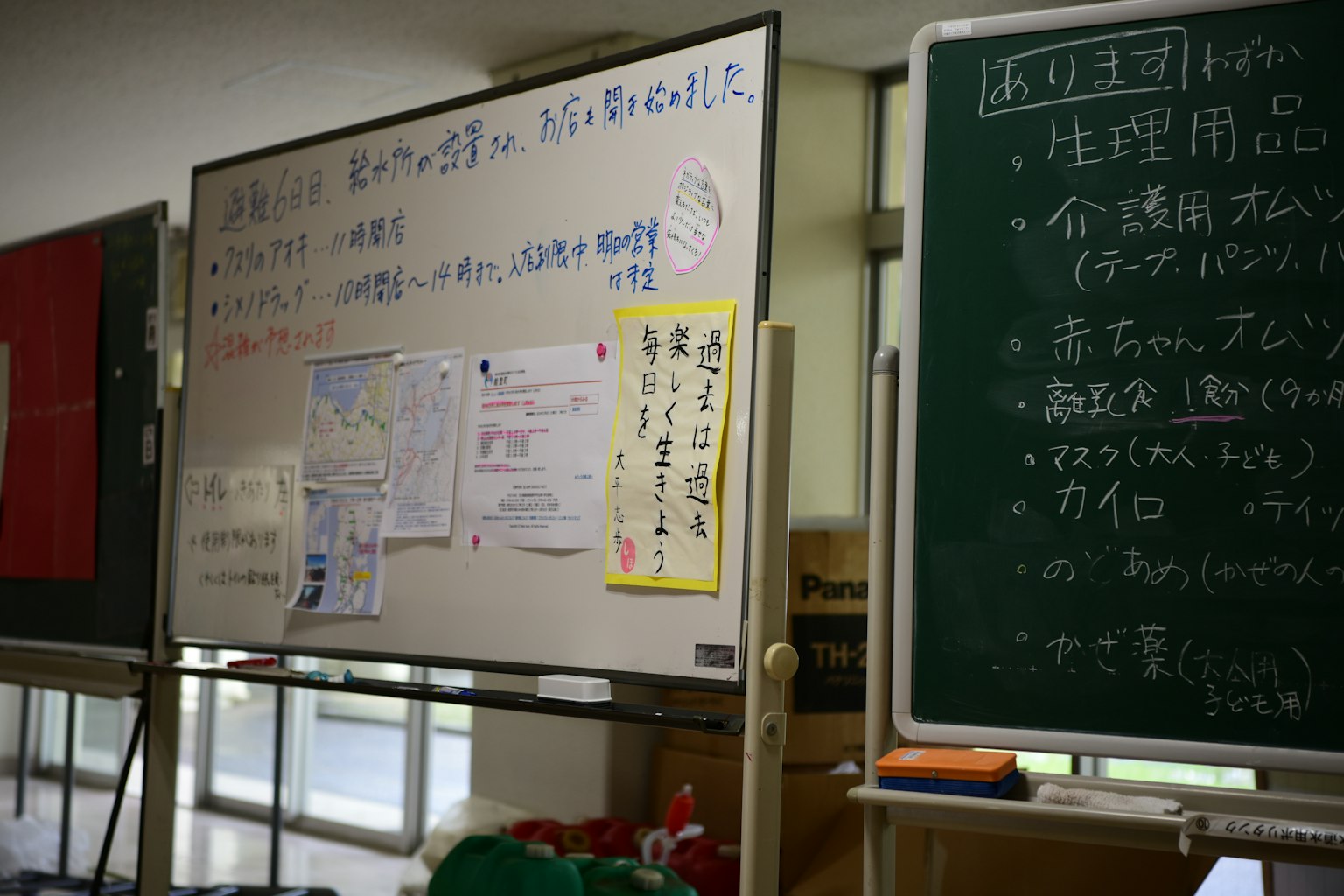
Even though I went to Wajima, I have no sense of having been there at all. It felt like I had wandered into a bad dream world. That's how much my hometown has changed.
In fact, since that day, I have gradually become afraid to hold a camera. I think I myself have not been able to accept that my beloved Noto has become a 'disaster area'. Taking photos forces me to confront such Noto, and it may have become stressful without realizing it. So now, I am taking a little break from the camera. My feelings have gradually recovered, so I would like to resume soon. Not just photography, but also in my daily life and the projects I am currently involved in, I have learned the importance of living by the motto 'don't overdo it when things are tough'.
'Noto is gentle, even to the soil', this is a phrase that describes the nature of Noto's people and nature. As the phrase suggests, the people of Noto are very warm and kind. The mutual aid among residents is strong, and since the disaster, residents have been helping each other while fighting against the painful feelings of being affected.
If there is anything you would like to convey or message to those who view the photos taken by Jang Kumi, please let us know.
As you can see, Oku-Noto is in a terrible state. It's in ruins. But I want you to remember this scene. Until the day we reach the time of recovery. Until the day when people can say, 'It's hard to believe there was an earthquake, that it was in such ruins.' Until then, we will do our best.
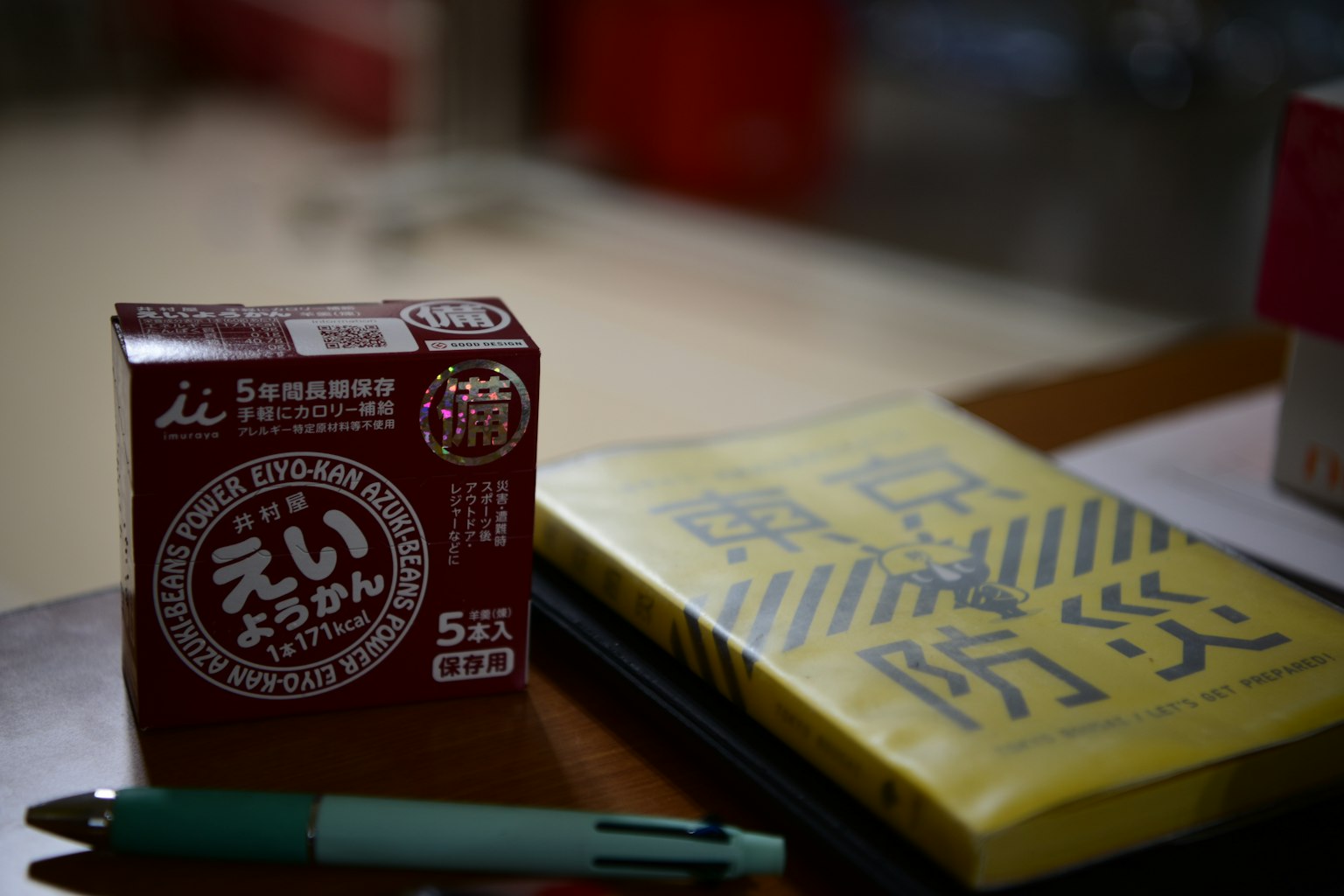

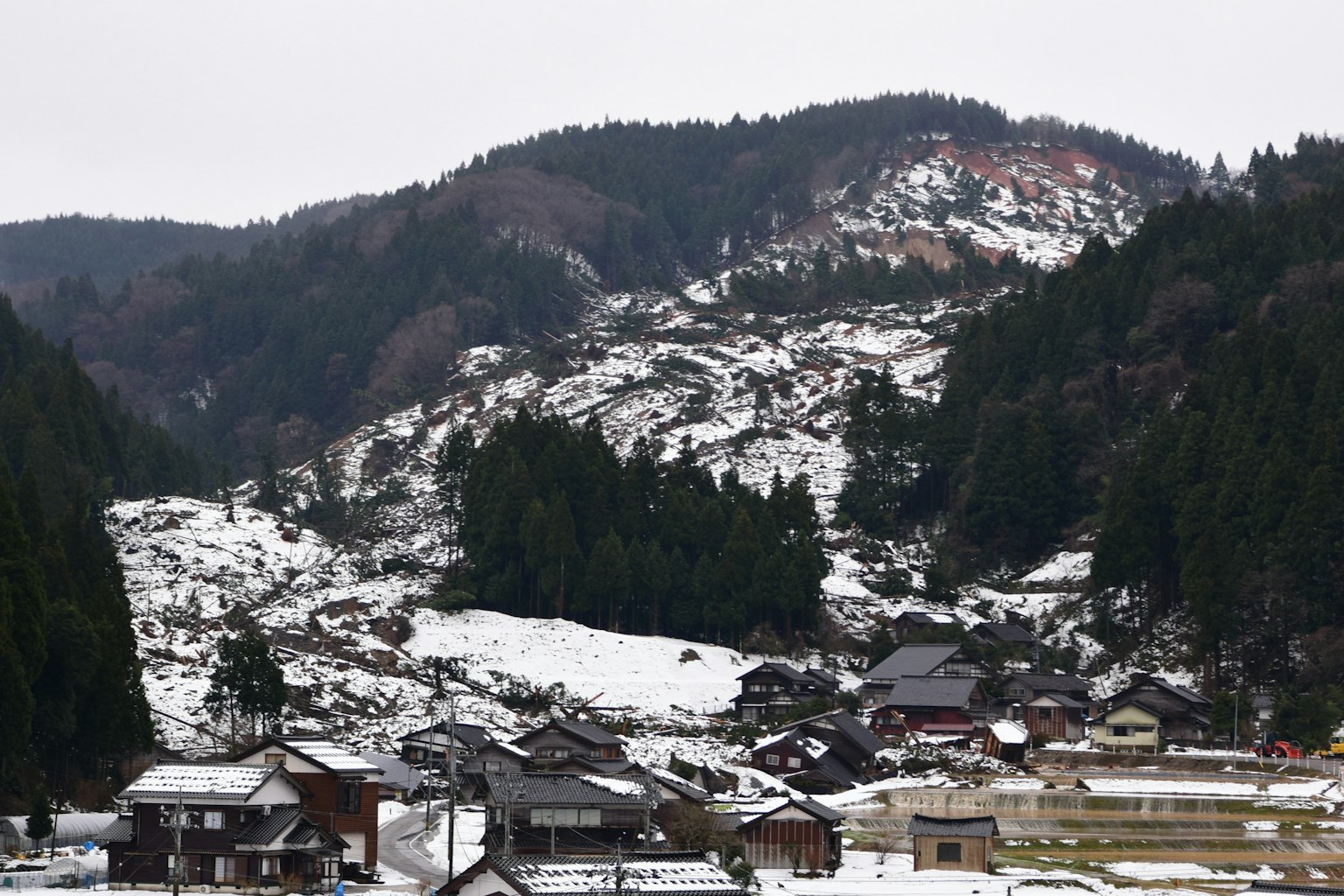


#notopeninsula
On this occasion, we would like to ask for the cooperation of creators to widely convey the current situation of the Noto Peninsula and take a step towards supporting recovery. To shed light on the beauty, culture, and nature of the Noto Peninsula, as well as the challenges it currently faces, we would appreciate it if you could share photos taken in the Noto Peninsula with the hashtag #notopeninsula along with a message. Through this hashtag, we hope that many people will learn about the current situation of the Noto Peninsula and that the circle of support will expand. Let's aim together for the day when the Noto Peninsula regains its brilliance with your warm support and creativity.
Finally, we deeply appreciate Jang Kumi for cooperating in the interview under difficult circumstances. We also sincerely pray for the safety of all those affected and the swift recovery of the disaster area.
cover image by Jang Kumi
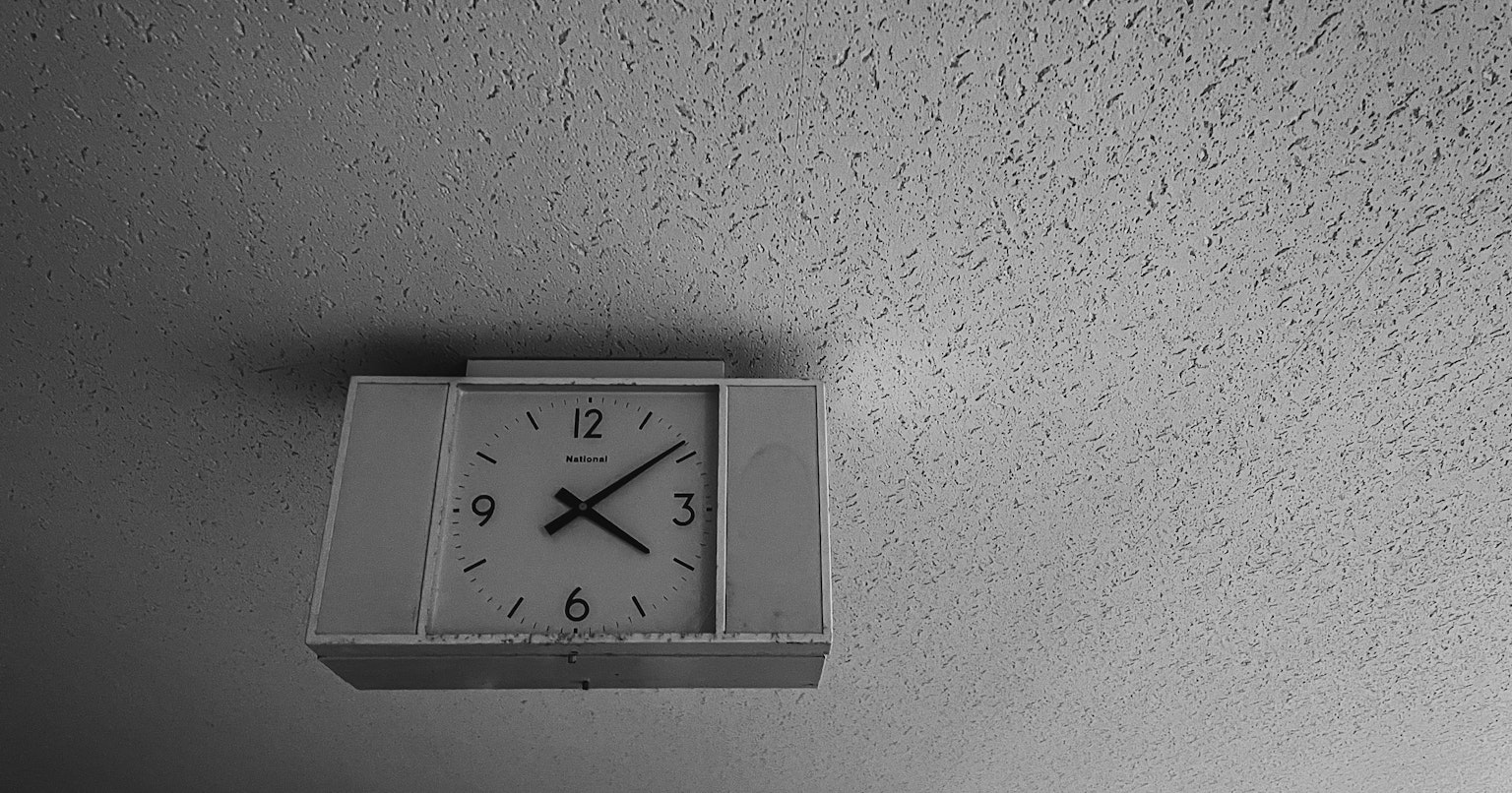
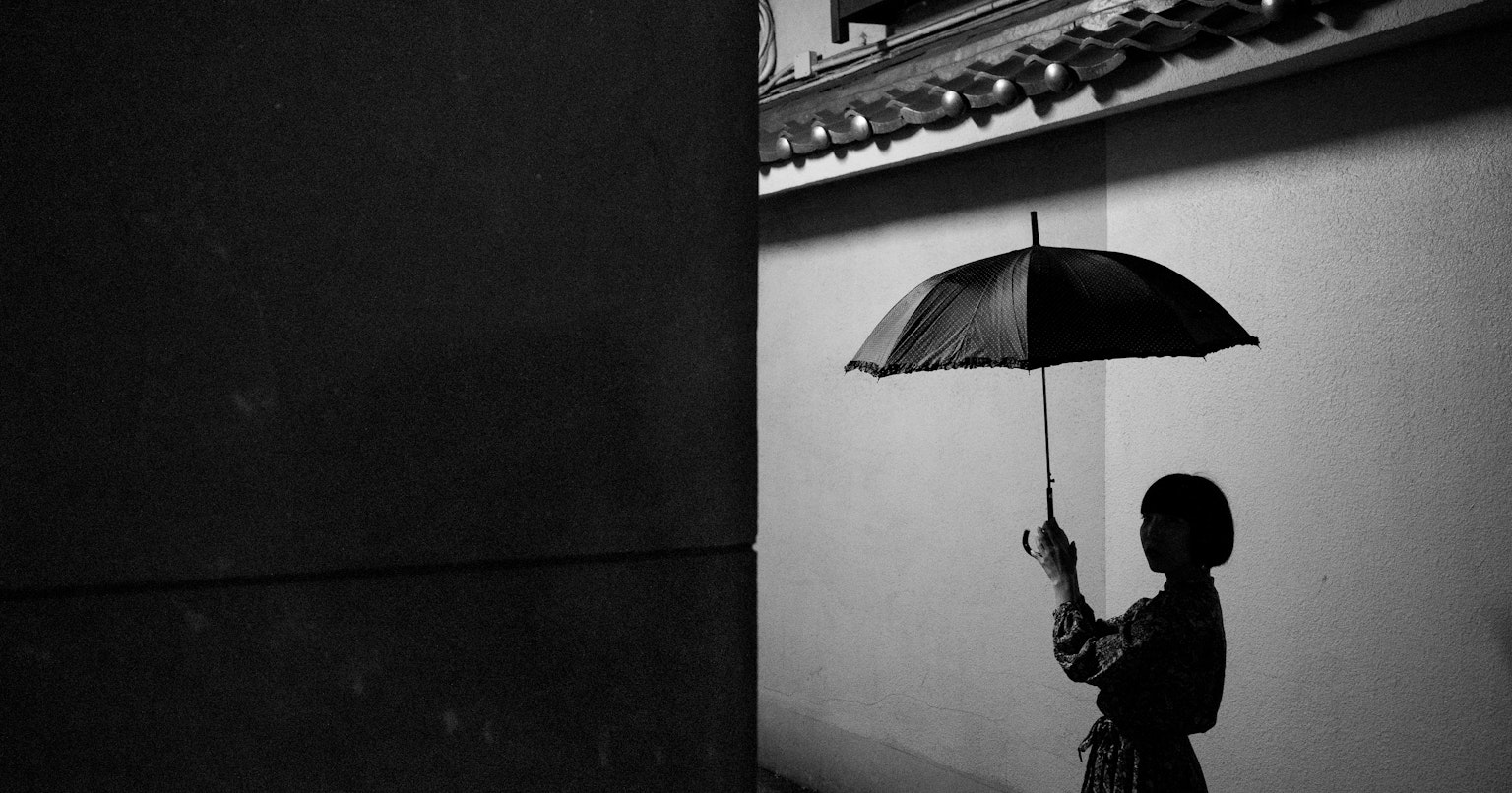
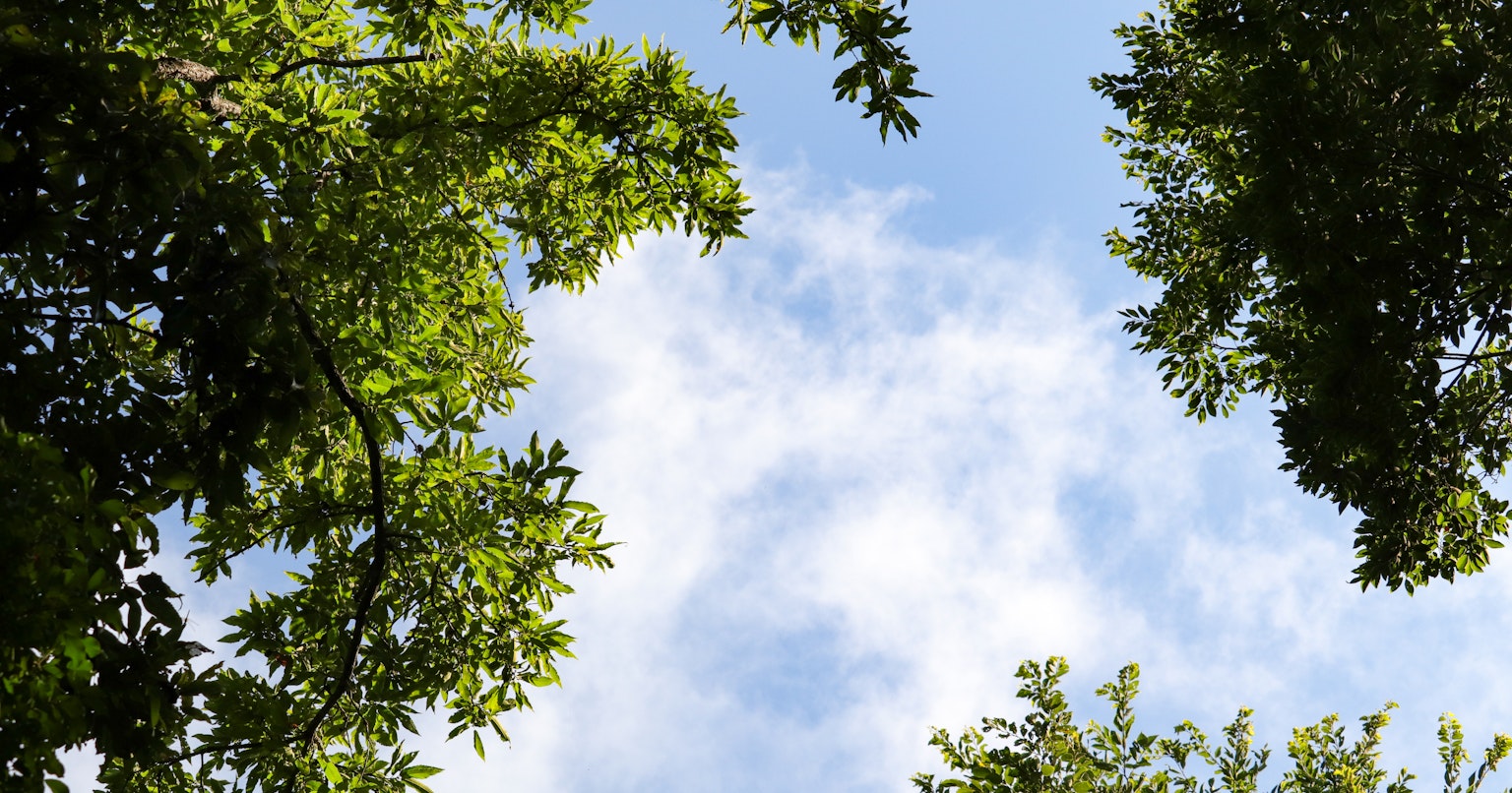
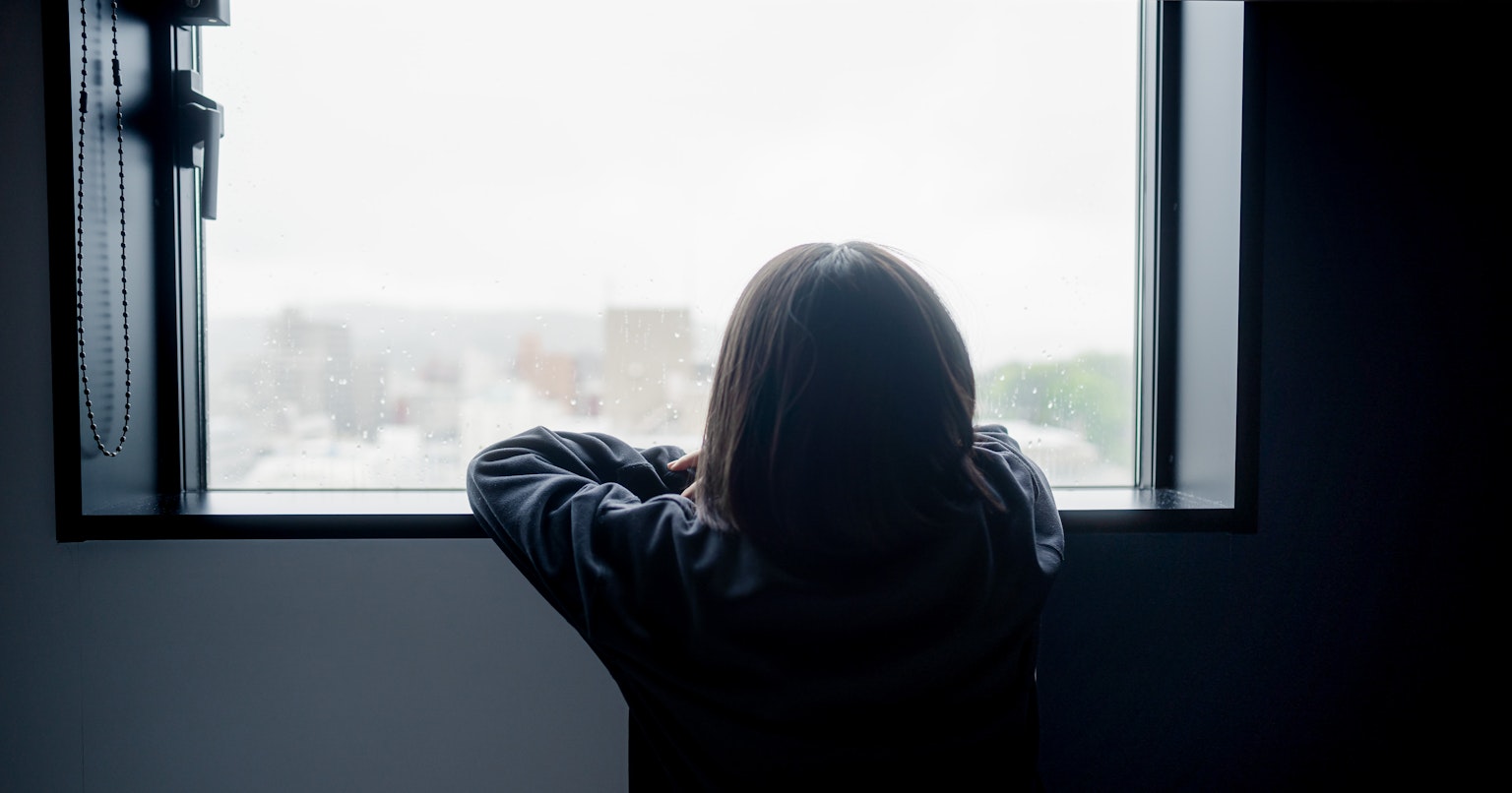
.jpg?ar=1200%3A630&fit=crop&auto=format%2Ccompress&w=1536&q=75)